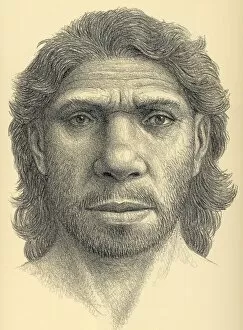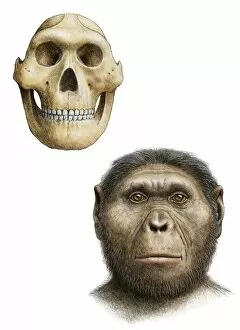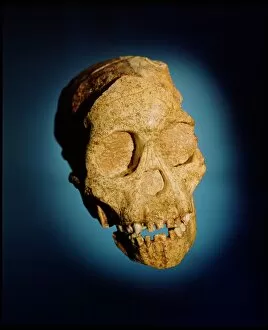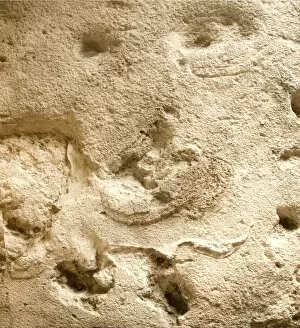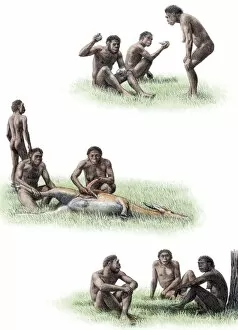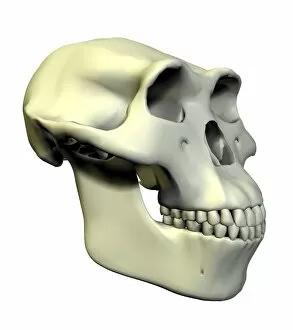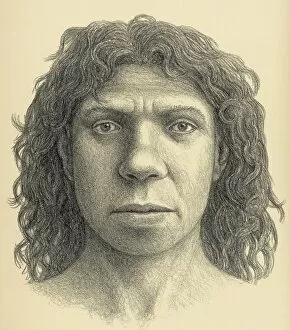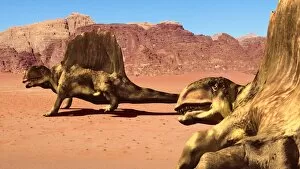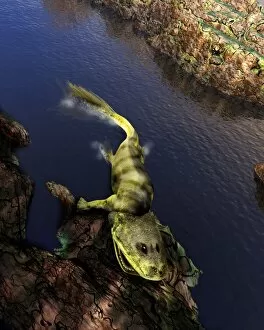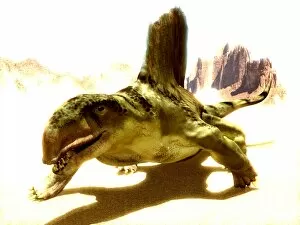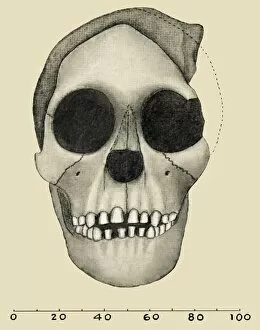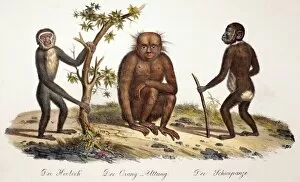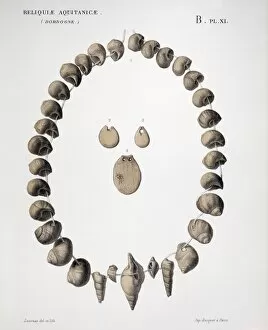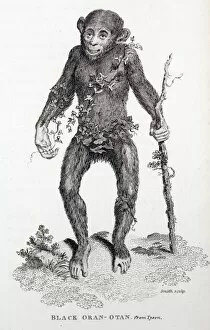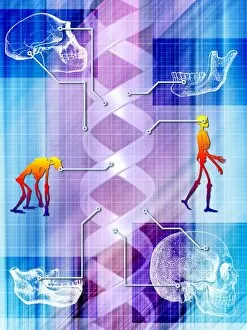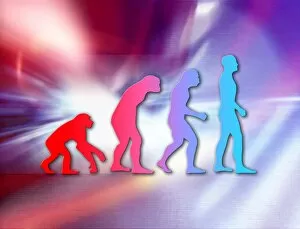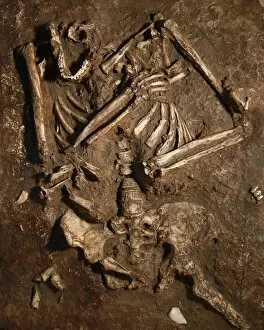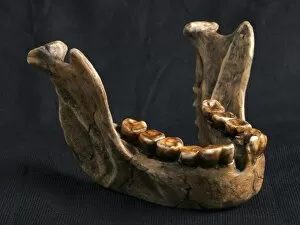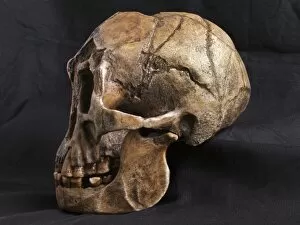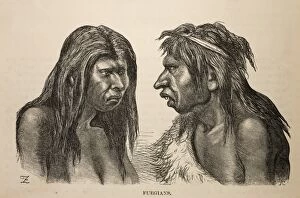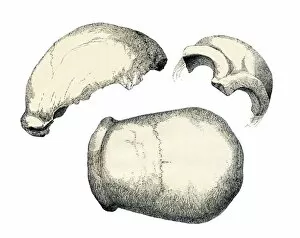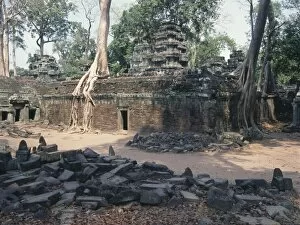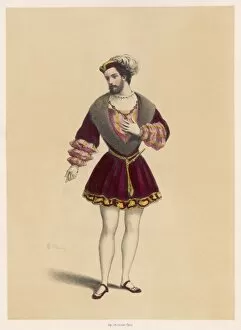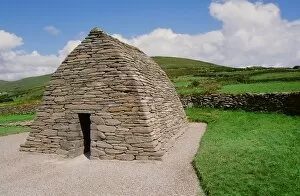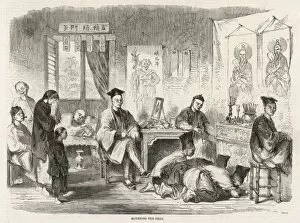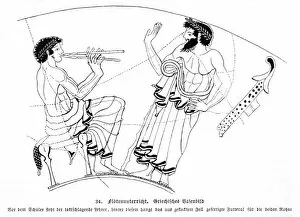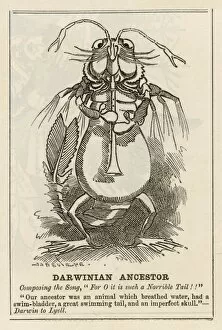Ancestor Collection (#9)
"Journeying through Time: Unveiling the Ancestors" Delving into the rich tapestry of our past, we encounter an ivory mask from Benin, Nigeria
For sale as Licensed Images
Choose your image, Select your licence and Download the media
"Journeying through Time: Unveiling the Ancestors" Delving into the rich tapestry of our past, we encounter an ivory mask from Benin, Nigeria. This exquisite artifact was once worn by the revered Oba of Benin on momentous ceremonial occasions. Amidst the ancient rock art at Nourlangie Rock in Kakadu National Park, we come face to face with Namarrgon - the Lightning Man. A supernatural ancestor depicted in Aboriginal culture, his presence resonates within this UNESCO World Heritage Site. In a thought-provoking 1874 Monkey Darwin cartoon by Faustin, we witness a whimsical portrayal of our evolutionary ancestors and their connection to Charles Darwin's groundbreaking theories. Through intricate artwork depicting Australopithecus afarensis, we catch a glimpse of one of humanity's earliest known ancestors who walked upon this Earth millions of years ago. The captivating image showcases a female Australopithecus africanus – reminding us that women played an integral role throughout human evolution and continue to shape our world today. Frozen in time is a dramatic scene where a scimitar cat attacks a hominid; it serves as an eternal reminder of the challenges faced by our early ancestors and their struggle for survival against formidable predators. Haeckel's 1894 Pithecanthropus ape man crop illustration invites us to ponder over Homo heidelbergensis – another link in our ancestral chain that left its mark on prehistoric landscapes across continents. A model affectionately named Lucy takes center stage as she represents Australopithecus boisei – her existence providing valuable insights into human origins and evolution discovered deep within African soil. With grace and strength personified, we encounter Female Homo habilis – showcasing how gender diversity has been ingrained since ancient times among our forebears.

